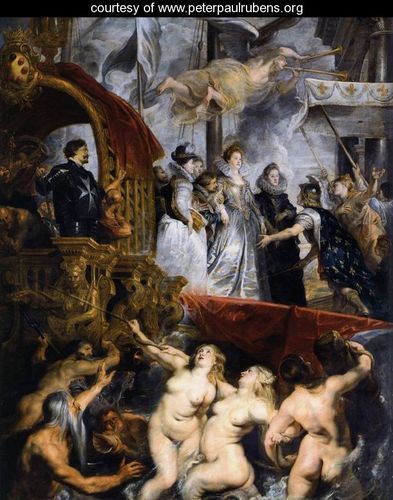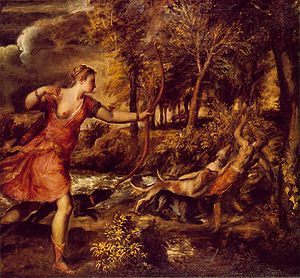
This photo was taken this spring.
Cheers!

This photo was taken this spring.
Cheers!
 Murdering Airplane (1920) is a collage by the German Dadaist/surrealist Max Ernst. It depicts a monstrous aircraft with human arms flying over an open field. In the lower right-hand corner two soldiers are carrying a third wounded soldier.
Murdering Airplane (1920) is a collage by the German Dadaist/surrealist Max Ernst. It depicts a monstrous aircraft with human arms flying over an open field. In the lower right-hand corner two soldiers are carrying a third wounded soldier.
The Dada movement was created partly as a critical response to World War I. This had a special significance to Ernst who served in the war. This work was a statement on the advent of aerial warfare that occurred in that war.
I found this work appealing in the fact that it “shows” that the creations of man, no matter how “seemingly harmless” and how they make life easier, the creations are still used for killing.
Although I do not Hate Impressionism I do not find myself absolutely drawn to it. When I am directed to look and give my opinion on various pieces I feel I get more into it and like it better but like I said earlier I do not feel drawn to it. Such as Claude Monet’s Sunrise that was made during 1872 in Argenteuil France, it really does nothing for me. I first feel as if it is sloppy and as a whole is undistinguishable unless I stare at it a while and I can place a beautiful harbor or water view scene. I feel I am working too hard to visualize what he wants me to see. On the other hand Lydia Leaning on Her Arms in Paris 1879 by Mary Cassatt is very beautiful and eloquent. It shows just enough detail to give the viewer a full picture. It also seems unfinished and to a point sloppy but it feels to me that it is going somewhere and I don’t have to work to see what it is that I am supposed to.
Comparing this style to the Italian Renaissance (which is what I would consider a favorite of mine) is like night and day to me. While Impressionism is basically what it says – an impression of what it is supposed to be – The Italian Renaissance is a rebirth or the humanistic revival and learning. The art work in the Italian Renaissance as a whole shows various learning, religion, and science. The detail is so in-depth that I feel as if I can “get lost” in it. Whereas I cannot feel that with any of the Impressionistic art.
 Così fan tutte, ossia La scuola degli amanti (Thus Do They All, or The School For Lovers)
Così fan tutte, ossia La scuola degli amanti (Thus Do They All, or The School For Lovers)
Così fan tutte is one of the three Mozart operas for which Da Ponte wrote the libretto. Composed: 1790, Language: Italian
“The artificial comedy, verging at times on the farcical, is set to apt and witty music, with a strong element of parody but also of a sentimentality which is constantly spilling over into genuine and touching sentiment.” quote by Sir Alexander Morley, London, 1970
I watched this opera in California back in 1998 and I have to admit it moved me and was funny. To listen to the trio wishing the men safe journey was gorgeous. Something about the vocals in opera has always impressed me.
The first performance of Mozart’s setting took place at the Burgtheater in Vienna on January 26, 1790. After World War II, it regained its place in the standard operatic repertoire. It is frequently performed and appears as number fifteen on Opera America’s list of the 20 most-performed operas in North America.
It revolves around men leaving for the military and about the women staying home (finding love, temptation, waiting for their men to return).

Notice all of the fine details

From the Ancient poem Metamorphoses.
Welcome to WordPress.com. This is your first post. Edit or delete it and start blogging!